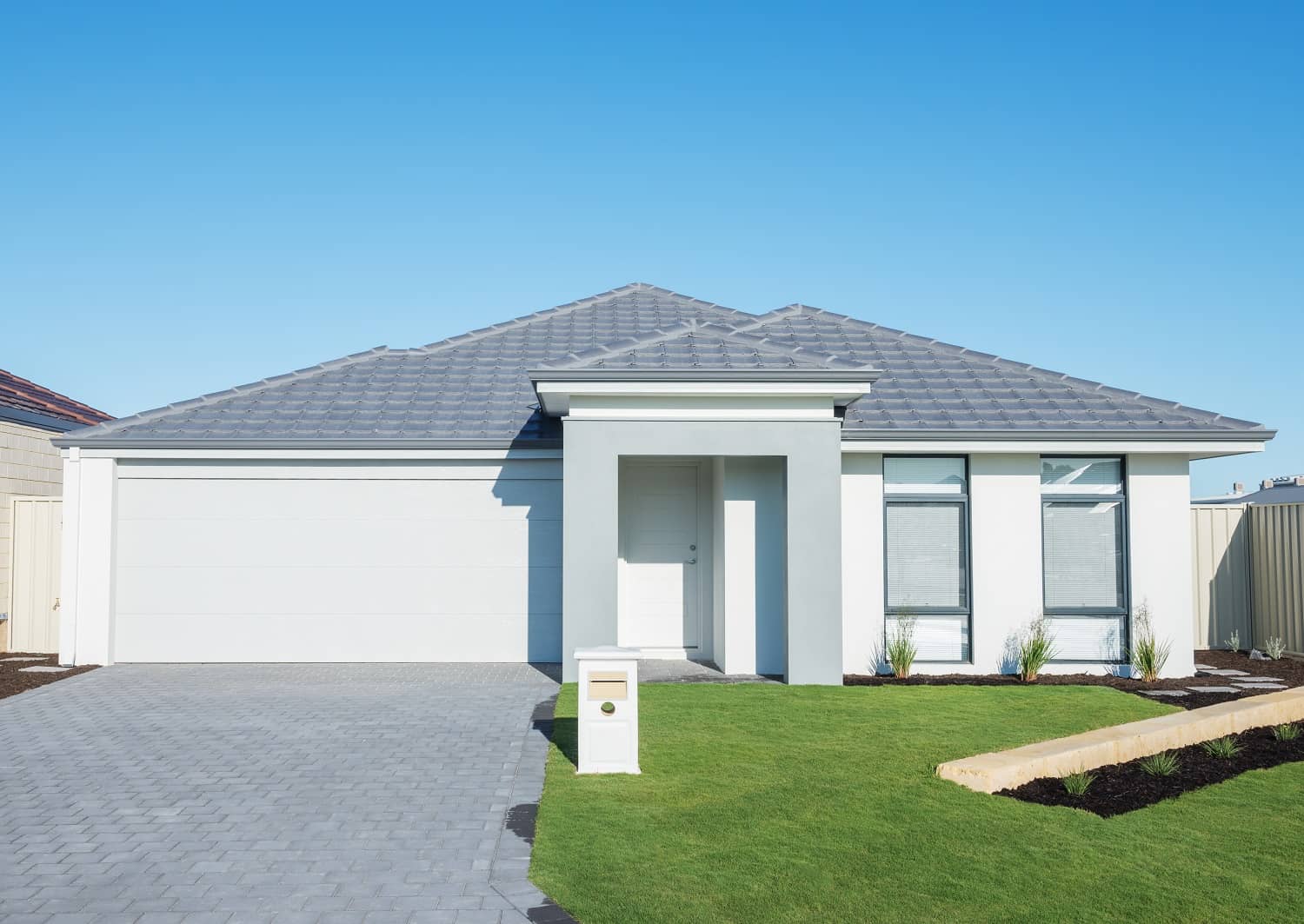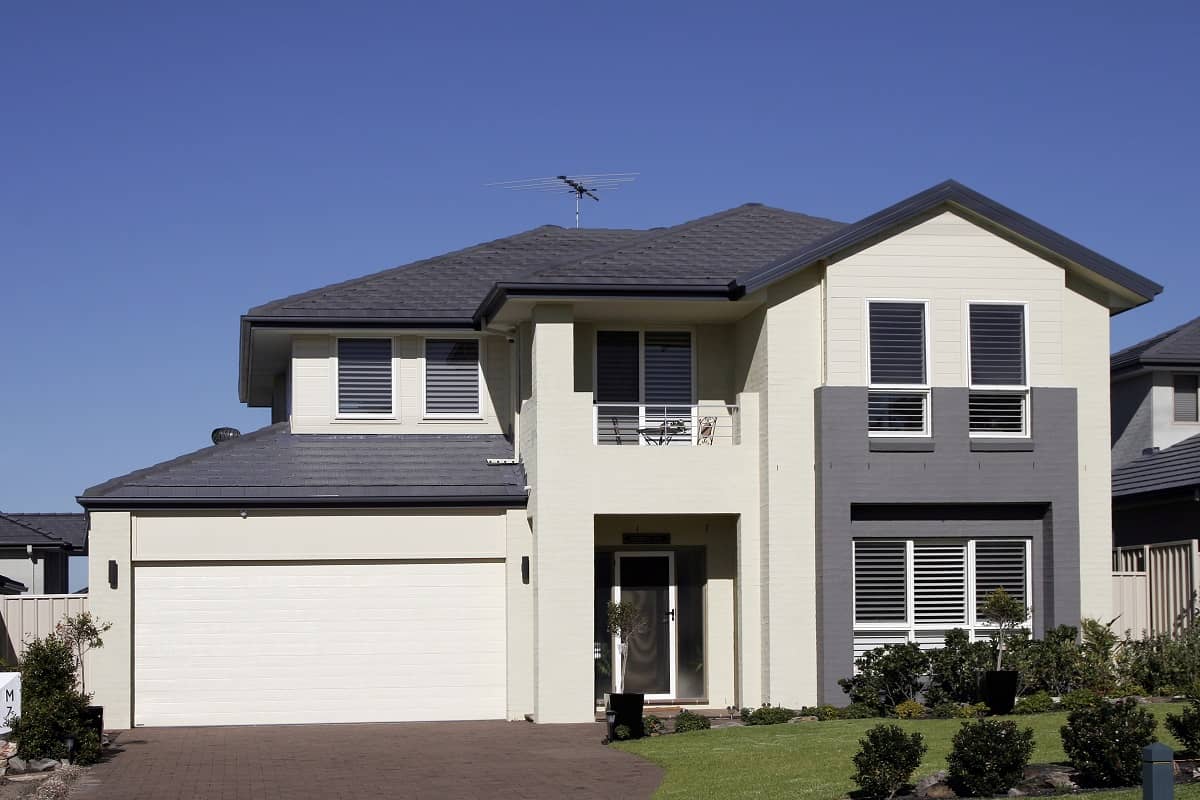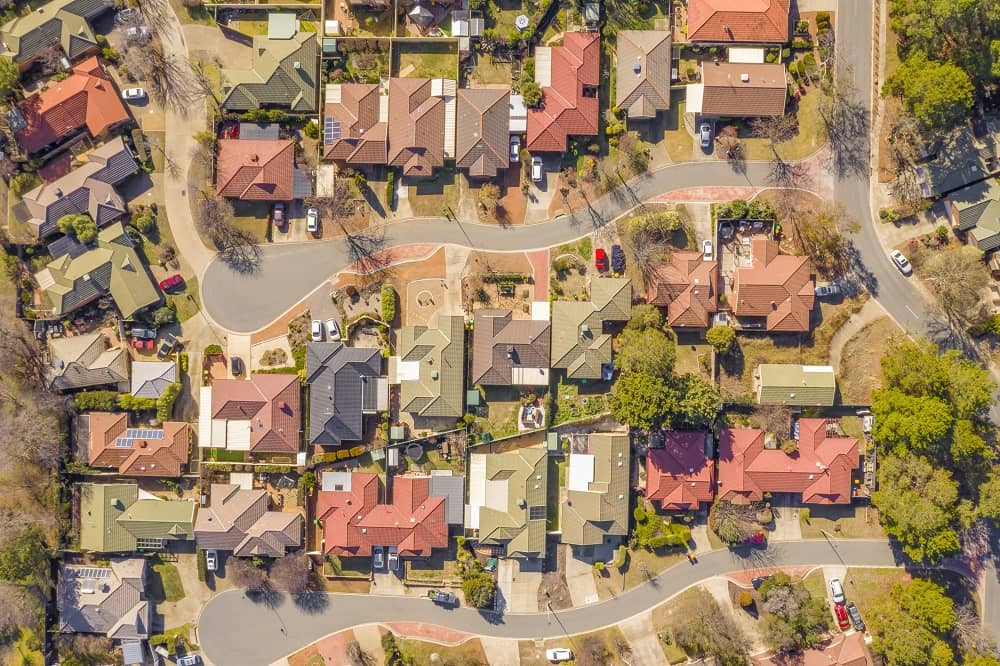7 Tips for Choosing the Best Roof Colour for Your Home
Many homeowners know that creating outdoor living spaces can help add value to the property. While you think about the outside of the home, it is time to consider your roof and incorporate it into your plans.
You probably never thought about your roof colour. As you enjoy an outdoor kitchen or perhaps a pool or sauna, consider how much of the roof is visible from the backyard. That’s why you should start looking at it as part of your exterior decorating.
While you contemplate which roof colour to choose, here are some tips to help you decide:
1.) Select a Colour That Matches Your House
 Do you like to have a colour-coordinated property? It is not something out of the ordinary.
Do you like to have a colour-coordinated property? It is not something out of the ordinary.
Homeowners tend to match their roof colour with their siding. Meanwhile, others prefer a contrasting hue, which can help make the house stand out.
It is trickier to pick the contrasting colour than going for the same tone as your home. But here is a hint: if your house siding is yellow or blue, you can achieve a great contrast by going with a grey or black roof. This same concept applies to those whose house siding is grey or white.
Meanwhile, if your home is red, it will look excellent with brown, grey, or black shingles. Any earth-tone siding can go well with the colours mentioned. Tan-coloured or brown siding will surely coordinate nicely with the entire house.
2.) Consider the Shutter Colour, as Well
Aside from the siding, you should also take a look at the shutters in the house. There’s a reason why interior designers don’t just randomly pick colours they want for flooring, cabinets, and benchtops. They observe the whole area first to look at the big picture.
Colours should all work together to create a space that is not only appealing but visually coordinated. This idea applies to the home’s exterior. The roof colour does not have to be the same as the house. Contrast is often a great option.
For instance, think of a wood siding with dark brown shutters. It all looks boring when the roof is also a shade of brown. If you have brown shingles, they will work wonderfully with beige shutters, which provide a mild contrast. Meanwhile, if you want it to be more distinct, choose white.
3.) Be Cautious With Colour Blends
The trick with roof colours is to know when to colour-blend. For example, asphalt shingle lines are often produced in solid colours. They have specific blends but some only present one tone.
The blending principle can be quite confusing. But to make it simple, remember that plain siding should come with a blended colour pattern. Once again, you will base your roof colour choice on the siding. If it is plainer than average, opt for a more blended design, such as a mix of brown towns and rust.
For example, if you have a dark brown wood siding, you should not match it with a solid black roof. That will simply create a boring combination – except if that is what you are going for.
Instead of a black roof, you may want to go for shingles with a charcoal base with green, tan, and brown flecks. It will give you a more striking result.
But what if you have a siding that varies or with multiple shades? If your home is made of bricks with different shades or perhaps an elegant stone that comes with different colours. Having colour-blended shingles will only create too much distraction. You would never wear a patterned shirt and partner it with patterned pants or skirt, right? The same principle applies here. Go solid on your roof colour when your home already displays variation.
4.) Achieve Balance
Visual balance is often difficult to understand and execute. Most of the time, people turn to a designer so that they could get sound advice. But it can be simplified into this: dark colours are more striking than light colours.
They tend to draw more attention than their light counterparts. This idea applies to the shingles of your home, as well. By understanding this concept, you can achieve the desired balance for the overall appearance of the property.
Let us say that you have a multi-level home. You may want to pick darker shingles, which will make your roof look more substantial. It helps balance the attention given to the height of the house. Meanwhile, if you have a ranch home, medium colours work better than darker ones.
Dark shingles tend to make a single-story house look “all roof.” It is even worse when the house is tall with a steeply pitched roof. This roof gives the illusion that it dominates the entire building.
It happens with light-coloured shingles, too. If you have a light-coloured roof atop a two-story home, everything can look out of balance. It becomes even more so when the roof is pitched low.
The general rule is to go with a darker coloured roof if you have an asphalt roof. The only exception is to use a lighter roof if your house is very dark in hue or you have more roof than siding.
5.) Be Smart With How Your Home is Set and Structured
Some homes indeed demand a particular design for the roof. For example:
- A black roof or very dark blends are perfect for stately or traditional houses. These shades allow them to stay consistent with their grandness.
- Traditional clay tiles and similar colours are ideal for houses sided in stucco. You can also opt for oranges or rusty reds.
- For homes with wood siding, a deep forest green roof is a good choice, especially if the house itself is set among trees. It also works when a green and brown blend is used for this style of home.
- If you have a white beach house, a blue roof goes well with red trim. It creates a nautical theme, which is appropriate for the beach house.
The list above shows that the style of the home and its setting can influence your roof colour choice.
6.) Stay Consistent With Your Neighbourhood Standards
You want your home to stand out but not so much that it becomes the unique property in the entire neighbourhood. It hurts your chances of selling your home in the future.
While you want to create a contrast for your house, you should still be consistent with the whole neighbourhood. Select a colour or blend that goes well with the other homes in the area. When your home is immediately next to other houses, or you are near the road, you don’t want to stand out too much.
In most neighbourhoods, it is required to stay conservative, which typically means darker colours. If there is a community or homeowner’s association in your area, make sure you are aware of the bylaws regarding home colours. You surely do not want to get in trouble for choosing a brick-red roof when the rules strictly say only browns and blacks are allowed.
7.) Think About the Climate Characteristics
Finally, you should consider the climate in your area. Dark colours, as you may already know, absorb heat while light colours reflect it. The best heat loss protection always lies with sufficient insulation. However, the colour you choose for your shingles can also affect the attic temperatures.
Dark shingles are better for places with cool climates. They offer extra heat, which increases the melting of snow and ice. Meanwhile, Perth homeowners are better off with lighter shingles to keep their home temperature under control.
However, if there is a spot in your roof that receives more sun than the others, use bolder colours on that area. For example, choose rich reds or deep blues. Light neutrals look bland and even washed out when the sun hits them.
All these pieces of information can be difficult to take in, especially if you’re used to leaving all the work to your designer. You can talk to your roof installer instead and ask for recommendations before getting a new roof. Contact Perth Roofing & Gutters to know how we can help.


